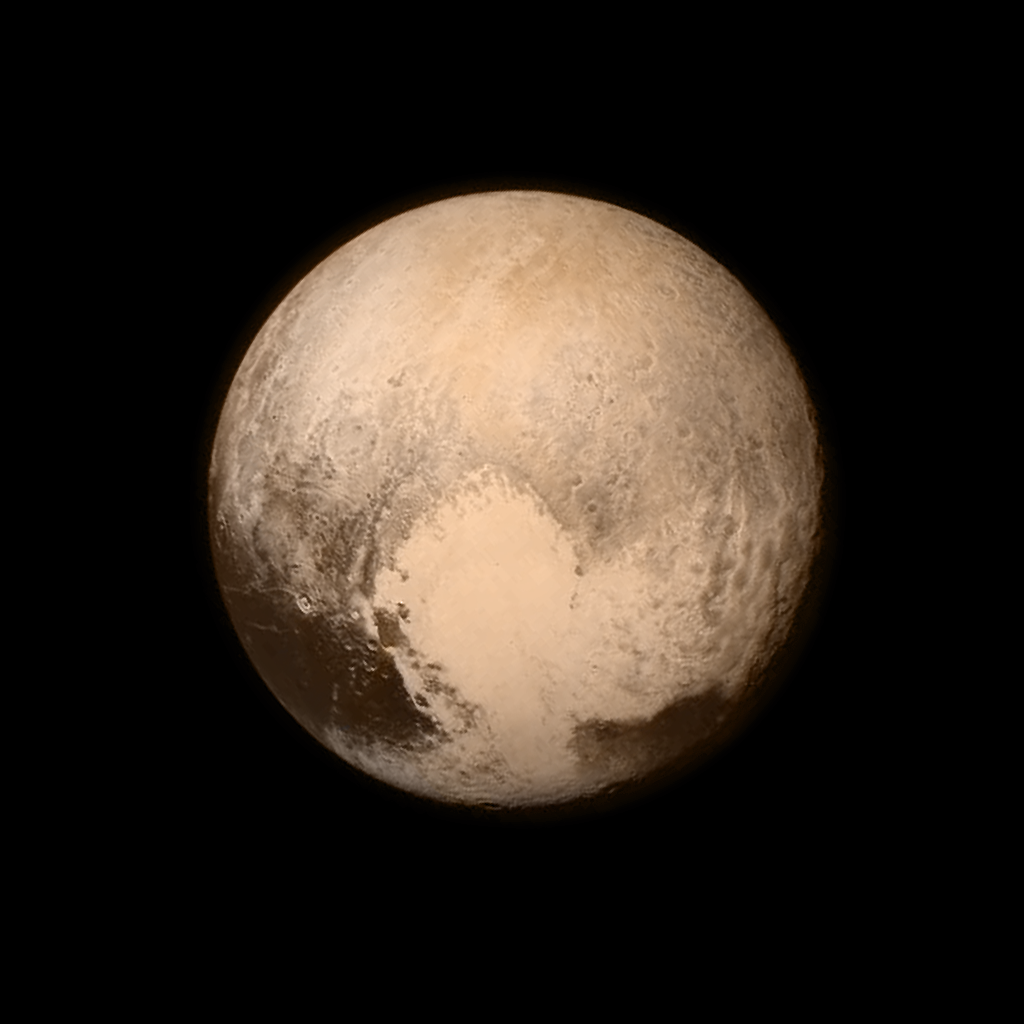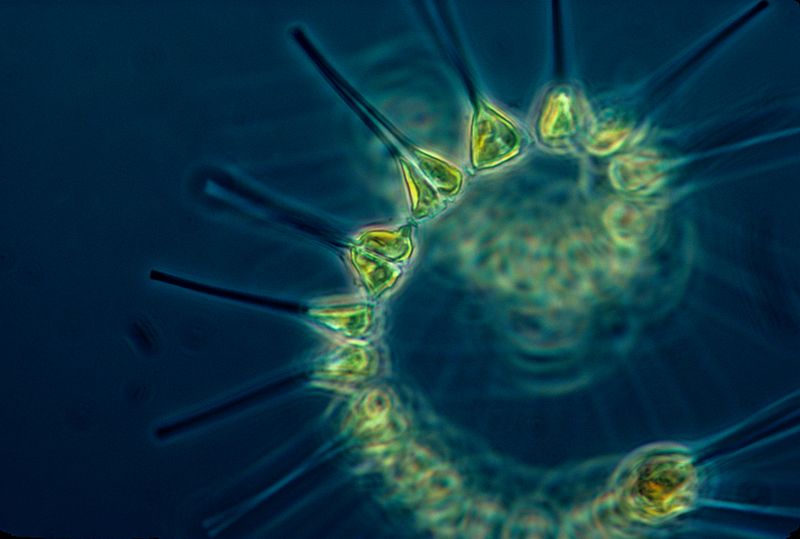
Here is the best image we have ever seen of Pluto, because this is the closest a man-made object has ever come to the former ninth planet.
New Horizons snapped and beamed this wonderful photo to Earth when it was just 766,000 kilometers from the surface of Pluto. It is the first time human eyes have ever seen Pluto in all of its glory.
The heart-shaped terrain at the bottom was unknown, as are all of the wonderful and diverse terrain features we can now feast our eyes upon!


